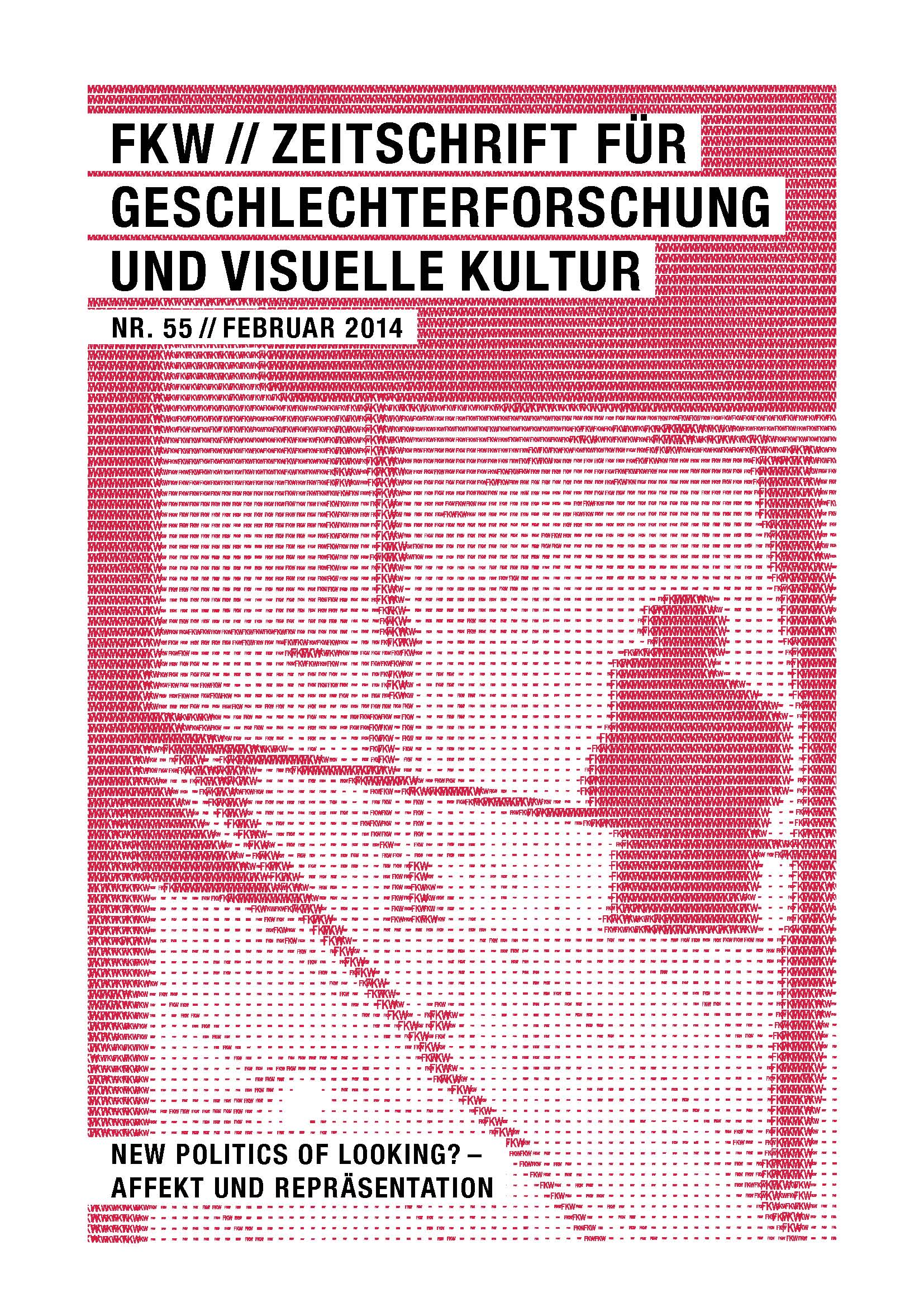Kriegsfilm-Bilder und neue Formen der Kriegspropaganda
DOI:
https://doi.org/10.57871/fkw5520141272Abstract
War-film Images and New Forms of War Propaganda
Affective responses to images are political effects. Thus, a critical analysis of images and their representational function must necessarily precede any understanding of the mental states that images (can) elicit. From this perspective, affects are reactive. They become a productive and potentially subversive power when recognized as interpretations of what images let us see and how images are seen. What then comes into view is not only the fundamentally mediated character of affects, but also the extent to which a critique of images is required to make affects understandable as acts of judgment. Through a critical analysis of of selected scenes from several more recent (anti-) war movies, this paper shows how these movies offer interpretations of reality that rely heavily on the political efficacy of affects. Presenting an adaptation of war to the formats and conventions of a medium, then, need not be an act of cynicism; rather, it suggests that the reality we see through the prism of the medium is real as well, exhibiting itself as the meaning-generating action of a perceived outside world. That is why filmed scenes of torture are movie plot elements that can convey information about the social acceptance or condemnation of torture. Such political messages, moreover, are addressed to a sentient gaze. But if affects are interpretive effects, there is no inextricable link between image and affect. In fact, the latter may be the opposite of that being evoked.
Downloads
Veröffentlicht
Ausgabe
Rubrik
Lizenz
Die Autor_innen behalten das Copyright und treten keine exklusiven Nutzungsrechte an FKW ab.
Ab 2017 erscheinen alle Texte von FKW // Zeitschrift für Geschlechterforschung und visuelle Kultur unter der LizenzCC-BY-NC-ND Lizenz 4.0 International (Creative Commons, Namensnennung, Nicht Kommerziell, Keine Bearbeitung 4.0 International). Der Lizenzvertrag ist abrufbar unter: https://creativecommons.org/licenses/by-nc-nd/4.0/legalcode.de, eine allgemein verständliche Fassung unter: https://creativecommons.org/licenses/by-nc-nd/4.0/deed.de
Von 2013 bis 2016 sind alle Texte von FKW // Zeitschrift für Geschlechterforschung und visuelle Kultur unter der Digital Peer Publishing Lizenz (DPPL) erschienen. Der Lizenztext ist im Internet abrufbar unter der Adresse: http://nbn-resolving.de/urn:nbn:de:0009-dppl-v2-de3
Die Abbildungen in Ihrem Beitrag
Die Autor_innen verpflichten sich, die Abdruckgenehmigung für die in ihren Texten verwendeten Bilder bei der jeweiligen, die Bildrechte verwaltenden Institution einzuholen und die zuständige Herausgeberin über das Ergebnis zu informieren. Wir weisen darauf hin, dass die Verwendung von Bildern in wissenschaftlichen Texten gewöhnlich als Zitat angesehen und entsprechend kostenfrei gewährt wird.





